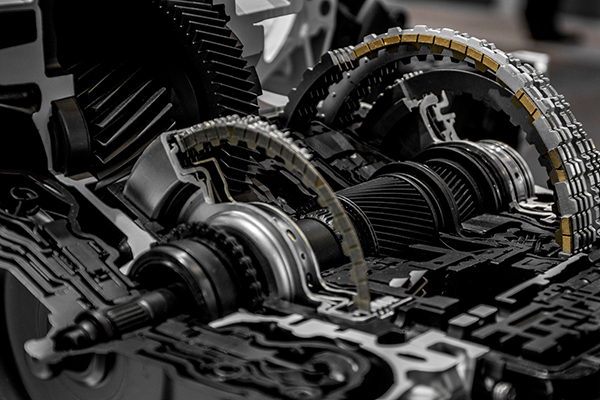
Have you ever wondered what magic occurs under the hood of your car when you shift gears? It's not sorcery that propels your vehicle forward—it's the handiwork of a vehicle transmission. This intricate dance of gears and clutches is what makes it possible to cruise down the highway or navigate city streets with ease.
The Symphony Under the Hood
It's responsible for translating the raw power generated by your engine into controlled and usable energy, propelling your car with precision and grace. Whether you're driving an automatic or a manual transmission, the principles remain fascinatingly complex yet elegantly simple.
In a manual transmission, the driver uses a clutch pedal and gear shift to manually select the appropriate gear. As you press down on the clutch pedal, you're disengaging the engine from the transmission to change gears. Releasing the pedal then re-engages the two, allowing power to flow through the newly selected gear ratio.
Automatic transmissions, on the other hand, take care of these gear changes for you. They use a complex system of fluid pressure, sensors, and actuators to determine when a gear change is needed based on your speed and driving conditions.
Torque Conversion
The heart of the system lies within the torque converter in automatic transmissions or the clutch in manuals. The torque converter is a type of fluid coupling that can multiply torque when there is a difference in rotational speed between the engine and transmission. This allows your car to come to a complete stop without stalling and provides that smooth acceleration from a standstill.
Manual transmissions use a friction clutch to connect the engine to the transmission at different gear ratios, which controls how much power goes to the wheels. Mastering this connection is an art form—a dance between man and machine—that can lead to an exhilarating driving experience.
What Are "Gears"?
Gears are central to a transmission's function. In layman's terms, they work like different-sized bicycle sprockets connected by a chain. Smaller gears allow for quick acceleration but have less power, while larger gears provide more power but at lower speeds. This balance is crucial for providing just the right amount of power at various speeds.
Keeping It Smooth
Maintaining your vehicle's transmission is vital for its longevity. Regular checks of the transmission fluid—its lifeblood—are crucial. This fluid lubricates parts, cools the transmission, and even helps transmit force and pressure in automatic transmissions.
And when maintenance is in the discussion, Olympic Transmissions & Auto Care comes in to save the day! We are your best bet for all things auto-related, so don't hesitate to book an appointment today!